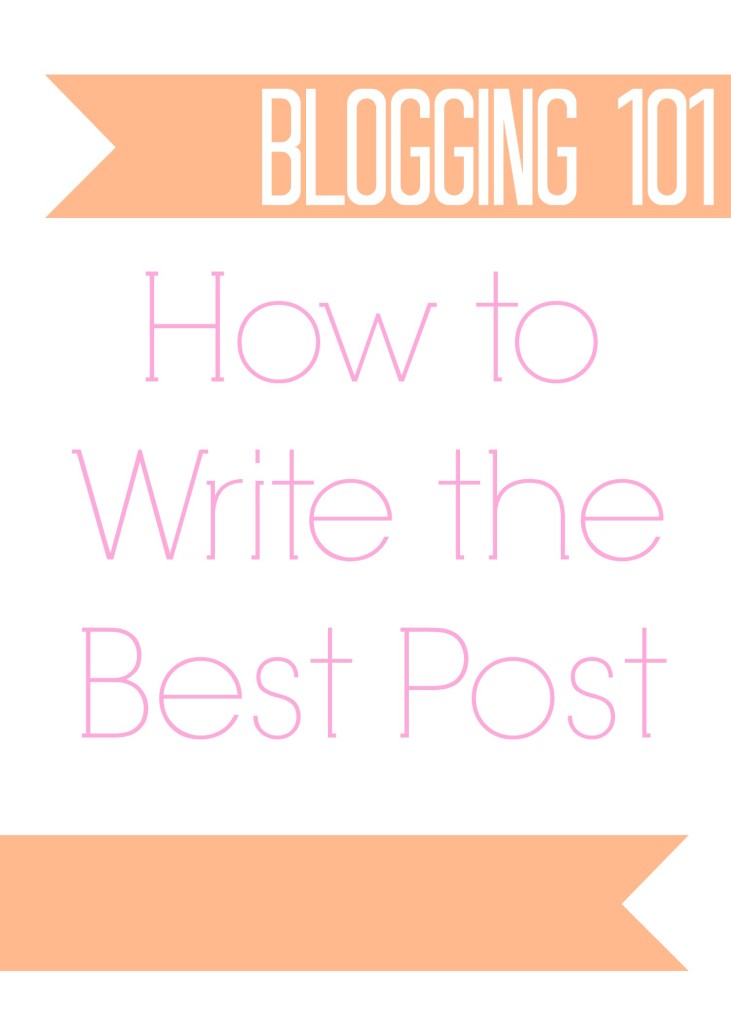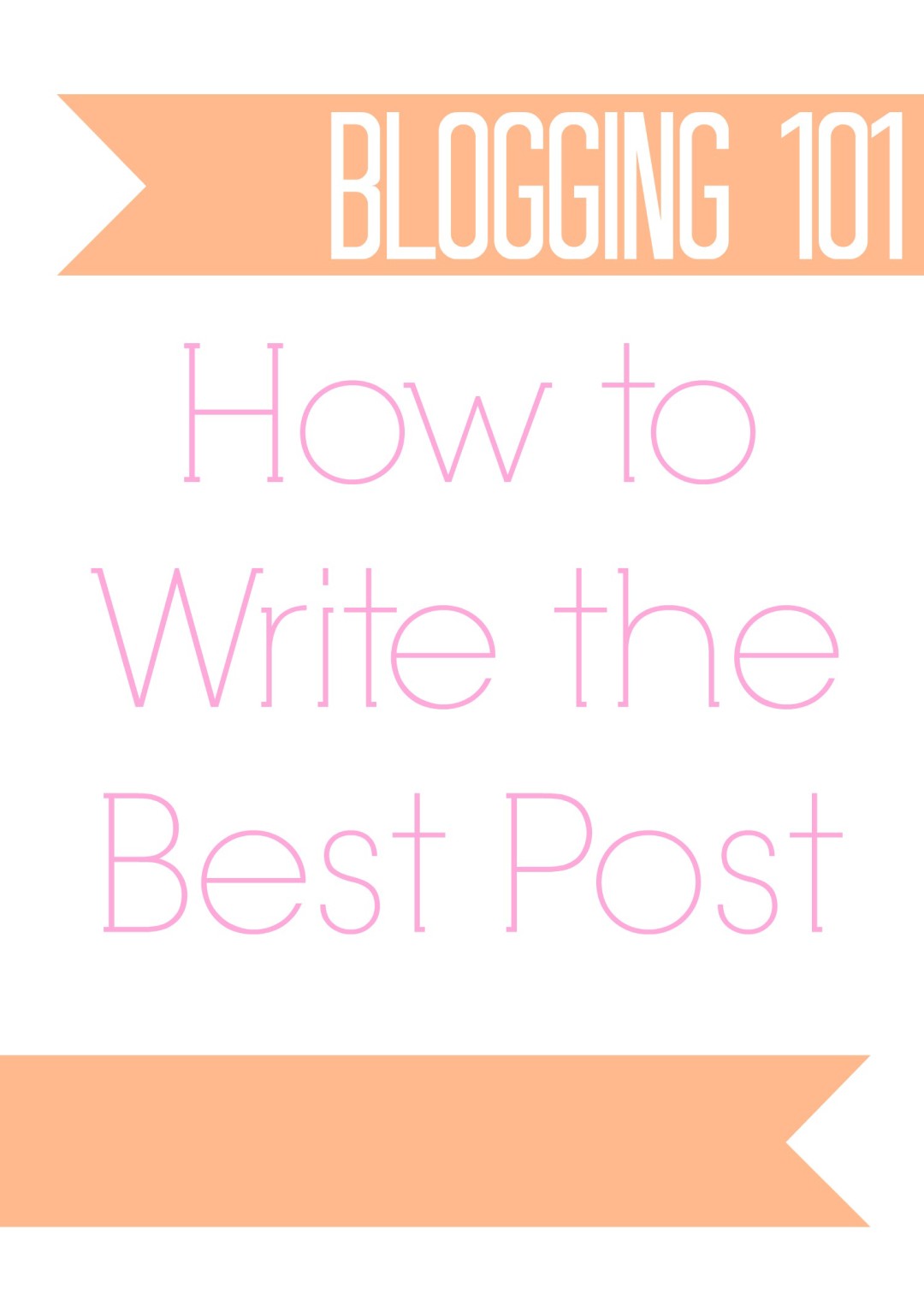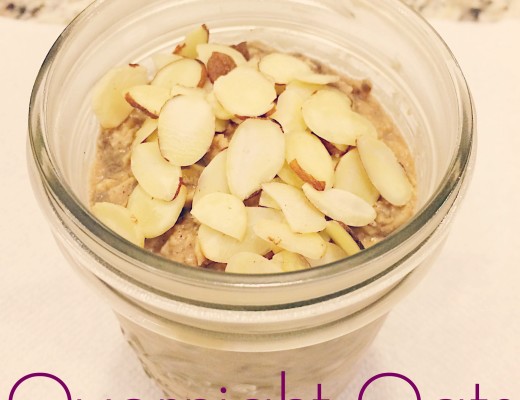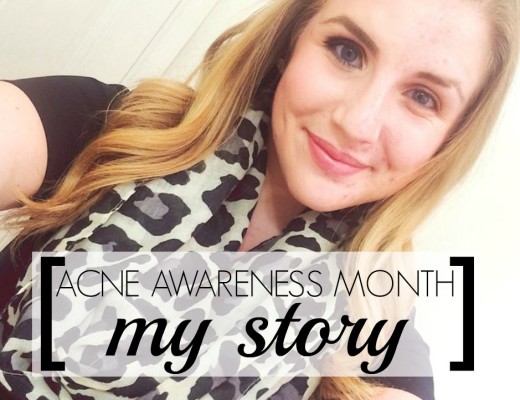 Welcome to week 3 of my 10-week Blogging 101 Series! This post is all about writing the perfect blog post. I hope you find these tips helpful but I would also love to hear your own personal advice! Please feel free to ask any questions as well if something seems unclear. Thank you so much for reading and I hope this is useful!
Welcome to week 3 of my 10-week Blogging 101 Series! This post is all about writing the perfect blog post. I hope you find these tips helpful but I would also love to hear your own personal advice! Please feel free to ask any questions as well if something seems unclear. Thank you so much for reading and I hope this is useful!
Start an Editorial Calendar
In order to stay organized, you absolutely must have an editorial calendar of sorts. This does not need to be anything fancy or complicated – it can be as simple as a to-do list on a sheet of blank notebook paper. However, you will want to space out posts appropriately and time them so that you do not overload or bore your readers.
If you’re looking to be a little more organized than just to-do lists, I recommend investing in a Plum Paper or Erin Condren planner. These are broken into days and sometimes even hourly periods so that you can schedule your week down to the minute.
When are the best times to post? Many bloggers swear by posting around 8 a.m. or 9 a.m. This gives their readers the ability to read over new posts over their morning coffee or bookmark it to read during their lunch break.
Some bloggers simply post at midnight so if their readers get notifications such as emails when new posts are published, it will be the first thing they see in the morning. Some bloggers will post late at night or during lunch time – it’s all trial-and-error. You have to play around with it a bit to find what works for you.
 The Bread and Butter of a Quality Post
The Bread and Butter of a Quality Post
Creating a blog post that combines quality writing with content to keep readers captivated is truly an art-form. Especially in our digitally-driven world, attention spans run thin – which means keeping the audience interested in what their reading is a huge challenge.
Here are some ways to craft an excellent blog post:
- Have a kick-ass title that’s informative but also catchy
- Use images and/or other multimedia such as video or audio clips
- Divide writing into sections with compelling sub-headings
- Write short paragraphs
- Use bullet points or numbering when appropriate
- Include links to other content
- Keep it short and sweet – nobody wants to try to decode what you’re saying (unless that’s your thing, then by all means, you do you)
- Include calls to action and thought-provoking questions
All of these components serve as markers on the page to draw the eyes down and encourage more reading. Having visual interests and sub-headings allow readers to skim the post more easily as well which means they can find what they’re looking for faster. You want to keep the reader invested in your post and on their toes!
Reviewing and Editing
You absolutely need to edit and review your posts. This is almost as important (if not more!) than the actual writing of the post. I have found a secret formula to reviewing your writing, so I hope that you find it useful.
Here are some key editing steps:
- Use spell check
- Read through everything multiple times
- Read through everything out loud multiple times
- Use the stop-and-repeat method. When you are reading through your post and find an error, make that correction, and then begin reading the post from the very beginning. If you do this every time you find an error, you will be able to read through your entire post without finding any flaw
- Read it out loud to somebody else
- Have somebody else review it
- Use Hemingway App to copy-paste your post and check for readability
- Fact-check – make sure every name is spelled correctly and all your facts are 100% accurate
- Stand on your bed or chair and read your post out loud in a booming voice as though you were presenting it in front of an audience
- Shorten and tighten any sentences you possibly can
Once you’ve completed all of these steps and have found no errors in your final read-through, your post should be ready for publication.
Giving Credit and Providing Links
Be sure that when you are using an image, media, or quote that does not belong to you that you correctly link and source it. Hyperlinks are a great way of doing this. I would encourage you to also hyperlink any brands or big names that you reference in your posts so that people can click through them and find out more information. ALWAYS GIVE CREDIT WHEN IT’S DUE!
For example, if I was talking about a dress from Charlotte Russe and a reader had never heard of that store before, they could click through the link and find out. Additionally, this notifies brands and websites that you are linking to their content. This can be great if you’re a fashion blogger who loves Kate Spade and link to their products all the time. You will suddenly be referring a lot of traffic to the Kate Spade website which could get the attention of their managers.



